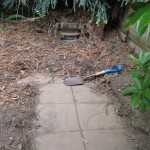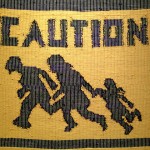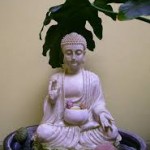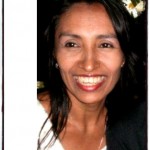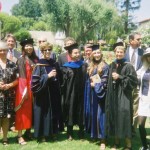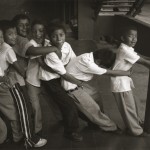The five colors can blind our eyes,
The five sounds deafen our ears,
The five tastes exhaust our appetites.
Chasing desire can drive us mad.
Therefore, the Tao person
Seeks inner wisdom,
Lets go of excess,
Affirms truth.
Tao Te Ching, 12
There’s a house in my neighborhood with boxes stacked on the front porch and blinds pulled down, hiding piles of debris inside. “The hoarders’ house,” a friend calls it.
 According to the DSM-5, the Diagnostic and Statistical Manual of Mental Disorders, compulsive hoarders cling to their possessions, unable to discard things they no longer use. Their homes are filled with newspapers, magazines, and old clothing, with clutter often piled so high that they cannot use their living areas. In severe cases, hoarders are unable to cook in their kitchens or sleep in their beds.
According to the DSM-5, the Diagnostic and Statistical Manual of Mental Disorders, compulsive hoarders cling to their possessions, unable to discard things they no longer use. Their homes are filled with newspapers, magazines, and old clothing, with clutter often piled so high that they cannot use their living areas. In severe cases, hoarders are unable to cook in their kitchens or sleep in their beds.
Hoarding behavior affects both males and females, occurring most often in adults over 55. People typically begin hoarding after a traumatic life event or period of acute stress. Feeling unsafe, they accumulate possessions to feel more secure. Yet by living in such cluttered, unsanitary conditions, they compromise their health and safety.
Compulsive hoarding is an extreme. But our busy, noisy consumer culture encourages mindless acquisition. Advertisements urge us to buy the latest clothes, consumer products, and electronic gadgets, which fill our lives with constant stimulation and noise.
Clutter subjects us to chronic stress. In addition to physical clutter, there’s time clutter—the compulsion to cram our schedules with activity; noise clutter—radio, TV, and electronics that keep us plugged-in to outside stimulation; emotional clutter—old disappointments, worries and fears that increase our suffering; and mental clutter—hoarding old beliefs of inferiority and prejudice that separate us from ourselves and others. It’s exhausting just to think about all of it.
To release clutter and cultivate greater clarity in your life
• Take a few moments in a quiet place.
• Close your eyes
• Take a deep breath and release it.
• Ask yourself, “What can I do to bring greater clarity to my life now?”
•Is there a pile up of things you no longer need? An old habit or belief you need to release?
Write down your insight.
Then take one small step today to bring greater clarity to your life.
Namaste,
Diane.
Reference
American Psychiatric Association. (2013). Diagnostic and statistical manual of mental disorders (5th ed.) Arlington, VA: American Psychiatric Publishing.






